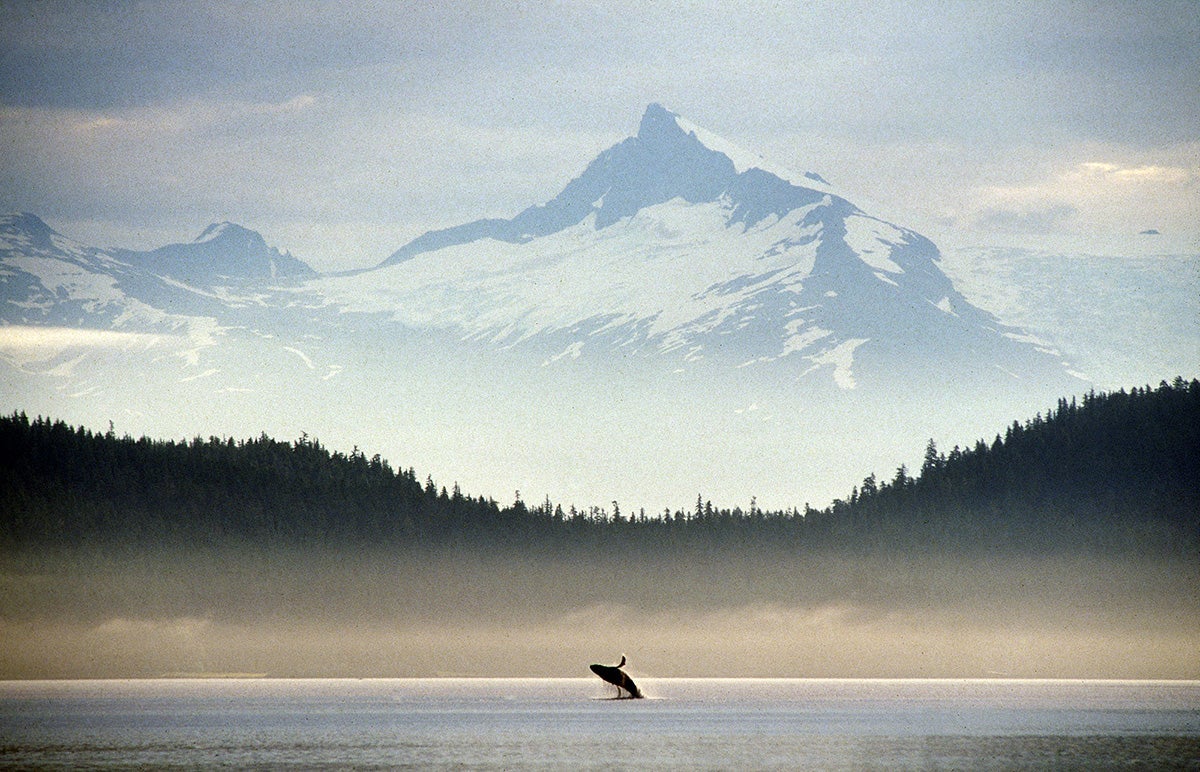
Ever wonder what it feels like to hug an 800-year-old tree? Or see a glacier’s blue orbs of ice from the inside out? Or hear the shrill call of bald eagles, by the hundreds, soaring overhead? These are everyday experiences in the Tongass National Forest.
Situated in the southeast corner of Alaska, the 17-million-acre temperate rainforest is America’s largest national forest and is unparalleled in its natural beauty and abundant wildlife. Alaska Native people have made a home among its meandering streams and lush vegetation for thousands of years. And even if you live thousands of miles from the Tongass, you still benefit from its unique ability to fight climate change.
What is roadless? The 2001 Roadless Area Conservation Rule designates about a third of our national forests as “inventoried roadless areas.”
The “large, relatively undisturbed landscapes” are protected by law from damaging new roads and clear-cuts. Other economic development, including mining, hydropower, and tourism projects or utility lines, is permitted.
The protected “roadless” areas provide vital habitat for 1,500 wildlife species and drinking water supplies for 60 million Americans.
Unfortunately, the Tongass’ towering trees have repeatedly come under attack.
Originally adopted in 2001, the Roadless Rule prevents clearcutting in wildlands across the U.S. and initially included the Tongass. America’s largest national forest was later excluded from the Roadless Rule’s protection in 2003, and again in 2020, opening vast tracts to logging — including centuries-old stands of old-growth trees.
A coalition of defenders joined forces to safeguard the forest. Nearly half a million people submitted public comments on the 2020 exemption decision, with 96% calling for the Roadless Rule to remain in place. When the administration moved forward with stripping protections anyway, Earthjustice renewed its decades-long fight to protect this national treasure. We filed a federal lawsuit in 2020 challenging the rollback of protections on behalf of five Alaska Native Tribes, Southeast Alaska small businesses, and conservation organizations.
In January 2023, following years of collective advocacy and litigation, the Forest Service reinstated the Roadless Rule fully on 9 million mostly undeveloped acres within the 17-million-acre forest. Earthjustice celebrated this huge victory for the climate, wildlife, and local Indigenous communities.
Today, the Roadless Rule stands. But it is being challenged in court by the State of Alaska and industry interests. Earthjustice is again defending the rule on behalf of a broad coalition of Alaska Native Tribes, commercial fishers, small tourism businesses, conservation groups and other forest advocates.
The Tongass is sometimes called the “salmon forest.” What exactly does that mean?
Salmon carry nutrients from the ocean, nourishing the Tongass’ soil, trees, and wildlife
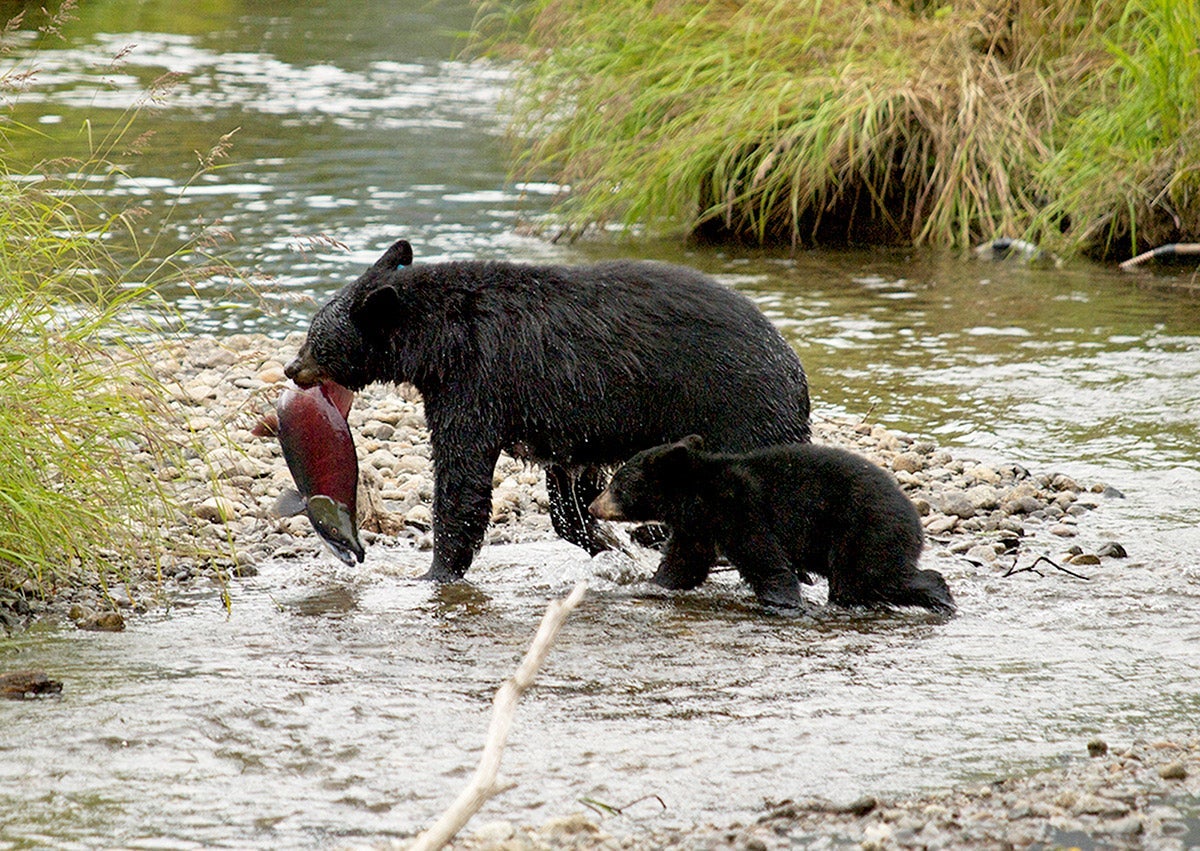
Salmon don’t climb the Tongass’ trees, at least in the literal sense. But they do sustain the towering trees of the Tongass. In fact, the symbiotic relationship between wild salmon and the trees is one key reason that the Tongass has been a thriving, abundant ecosystem for thousands of years.
Salmon are creatures of habit. Born in freshwater streams, where they mature into adulthood, they then seek out life in the ocean for one to seven years. And then, as if by magic, they find their way back to their place of birth — where the cycle begins again. Comprised of thousands of mist-covered islands, deep fjords, tidewater glaciers and ethereal muskegs, the Tongass is an ideal home for wild salmon. In fact, roughly a quarter of Alaska’s commercial salmon catch comes from the Tongass’ waters.
These salmon provide a hearty meal for grizzlies, black bears, bald eagles, and other wildlife that thrive in the Tongass. And when returning salmon die in Tongass waters, the nutrients they carry from the ocean are embedded in the soil — each salmon carcass contains 130 grams of nitrogen and 20 grams of phosphorus, concentrations that well exceed commercial fertilizer. This has a profound impact on the forest. Western hemlock and Sitka spruce grow three times faster near salmon streams, and berry bushes will develop larger berries with more numerous seeds.
As forests across the globe have fallen to the axe and other human-caused encroachments, wild salmon have suffered.
“Alaska is wild salmon’s last stronghold and the source of our way of life and economy in southeast Alaska,” says Marsh Skeele, vice president of Sitka Salmon Shares, a community-supported fishery that sells wild salmon from the Tongass to more than 15,000 members throughout the continental U.S. “Salmon need healthy, intact, freshwater habitat to thrive into the future; a healthy Tongass provides that habitat and in turn, allows us to provide some of the best food on the planet to our members.”
Close Section
The Tongass is populated by an amazing array of wildlife. Do people live there too?
The Tongass is the traditional homeland of the Tlingit, Haida, and Tmishian peoples. “We’ve never moved.”
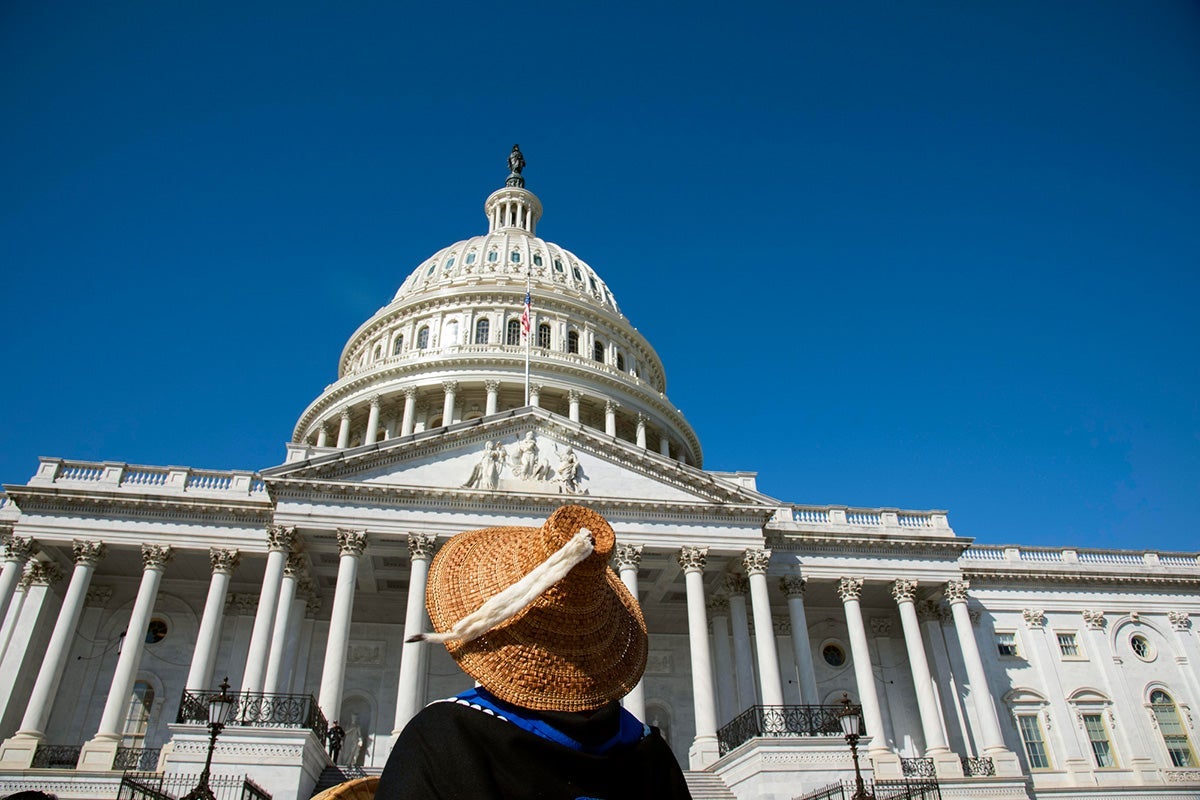
Bears. Sitka black-tailed deer. Humpback whales. Porpoises. Seals. Sea otters. More than 200 species of birds, including bald eagles. The variety and abundance of wildlife found in the Tongass is seemingly endless. And for thousands of years, people have made their home there as well. Today, there are roughly 70,000 people living in the Tongass’ 32 communities, which include Juneau, the state capital.
Joel Jackson is president of the Organized Village of Kake, a federally recognized tribe of the Tlingit people, who have lived in the center of the Tongass for 10,000 years. “We’ve never moved. This has been our ancestors’ homes. We wander the same course they did,” he says. “When you’re walking through old-growth, it’s like walking in one of the greatest cathedrals in the world.”
In addition to the Tlingit, the Tongass is also the traditional homeland of the Haida and Tsimshian people. For the people of the Tongass, the forest is a crucial source of food, livelihood, and spiritual connection.
“If you take the forest away from us, you’re basically taking our food,” Jackson says. “It took hundreds of years for those old-growth trees to be there, there’s no comparison to what the old-growth brings to us. The smells, the sights, everything about it. It eases our souls.”
Close Section
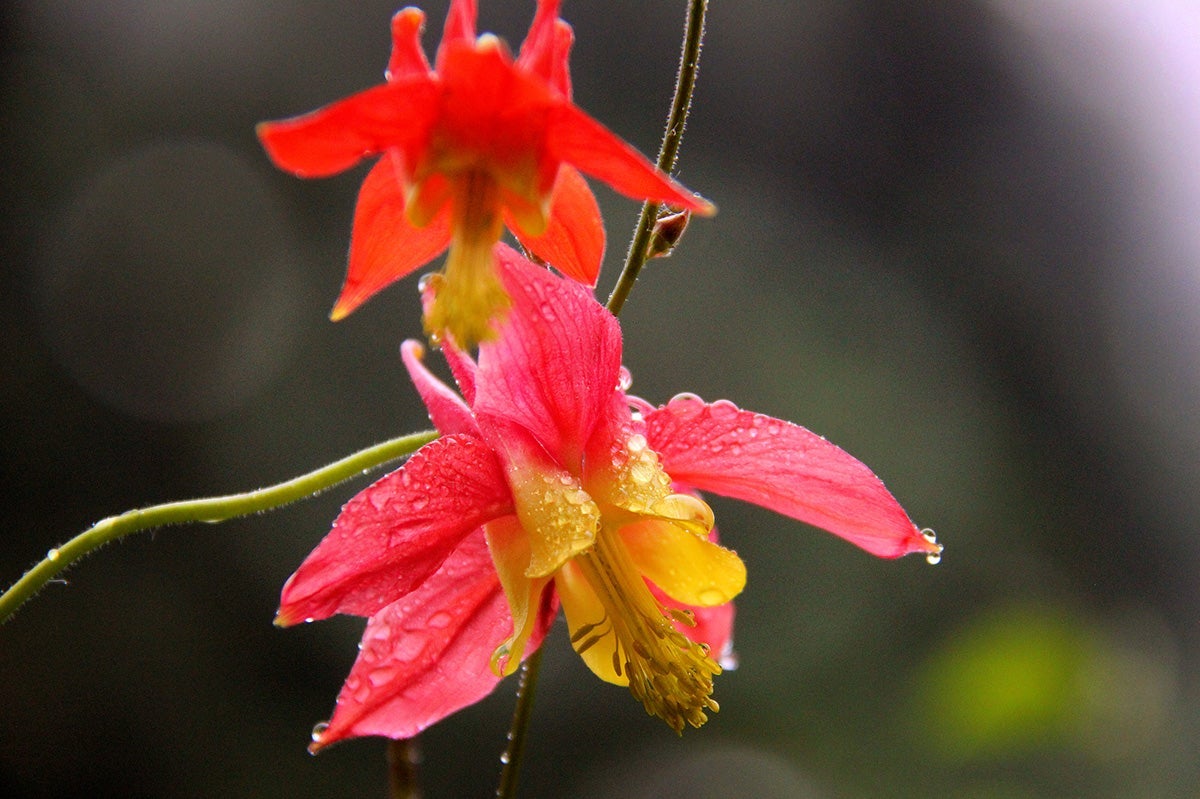
Does the local economy depend on a healthy, intact Tongass? How does the tourism industry compare to the logging industry?
“The Tongass in its natural state has inherently more value on all fronts.”
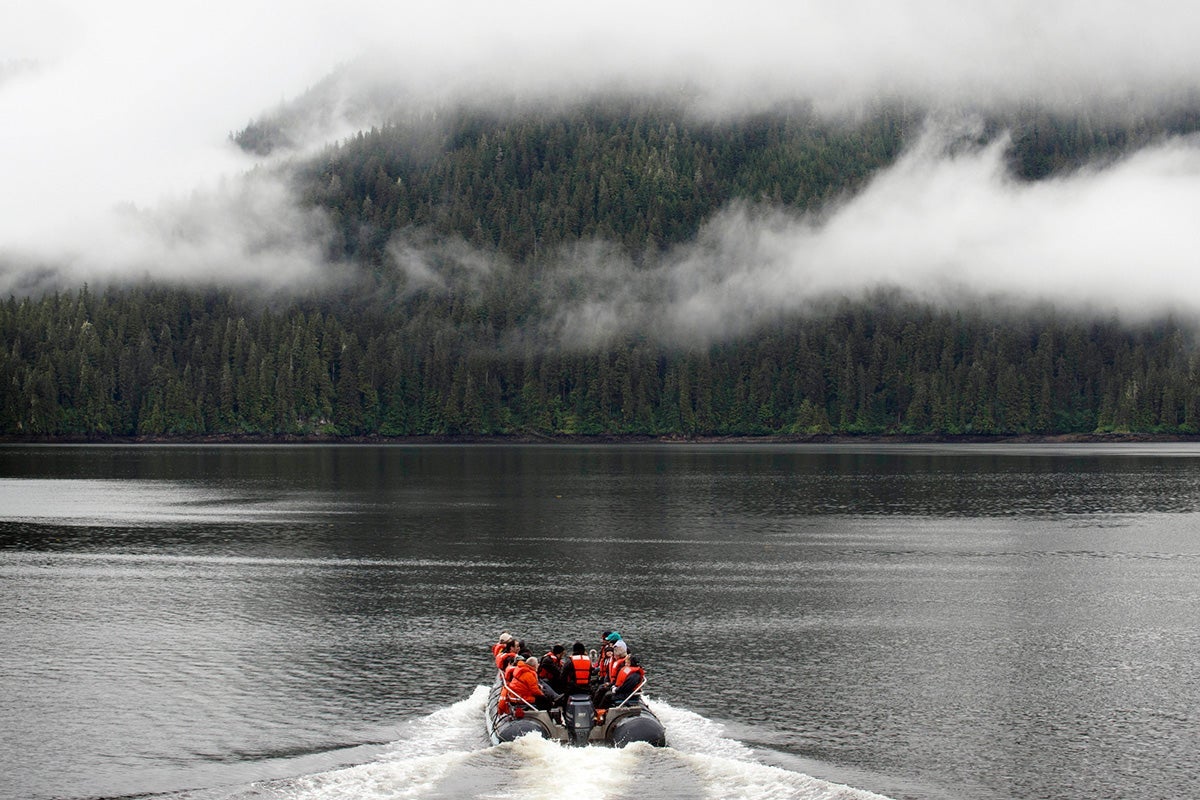
Logging in southeast Alaska is far from profitable. In fact, timber sales conducted by the U.S. Forest Service generate less revenue than the cost of administering the sales, resulting in an annual loss of $44 million, according to Taxpayers for Common Sense. And timber jobs represent just under 1% of jobs in the region, according to data from the regional development corporation Southeast Conference. On the other hand, tourism and commercial fishing are booming — representing close to 12,000 jobs and nearly $500 million in workforce earnings. These industries depend on a healthy Tongass.
“Our business is about experiencing the beauty of the Tongass and the ecosystem it supports. Without it, we don’t have a business,” says Cameo Padilla, who runs Equinox, a business offering private adventure cruises in Sitka, Alaska. “The Tongass in its natural state has inherently more value on all fronts.”
Close Section

I understand why a healthy Tongass is good for the local economy. But why is it good for me?
Storing nearly a billion tons of climate-warming carbon
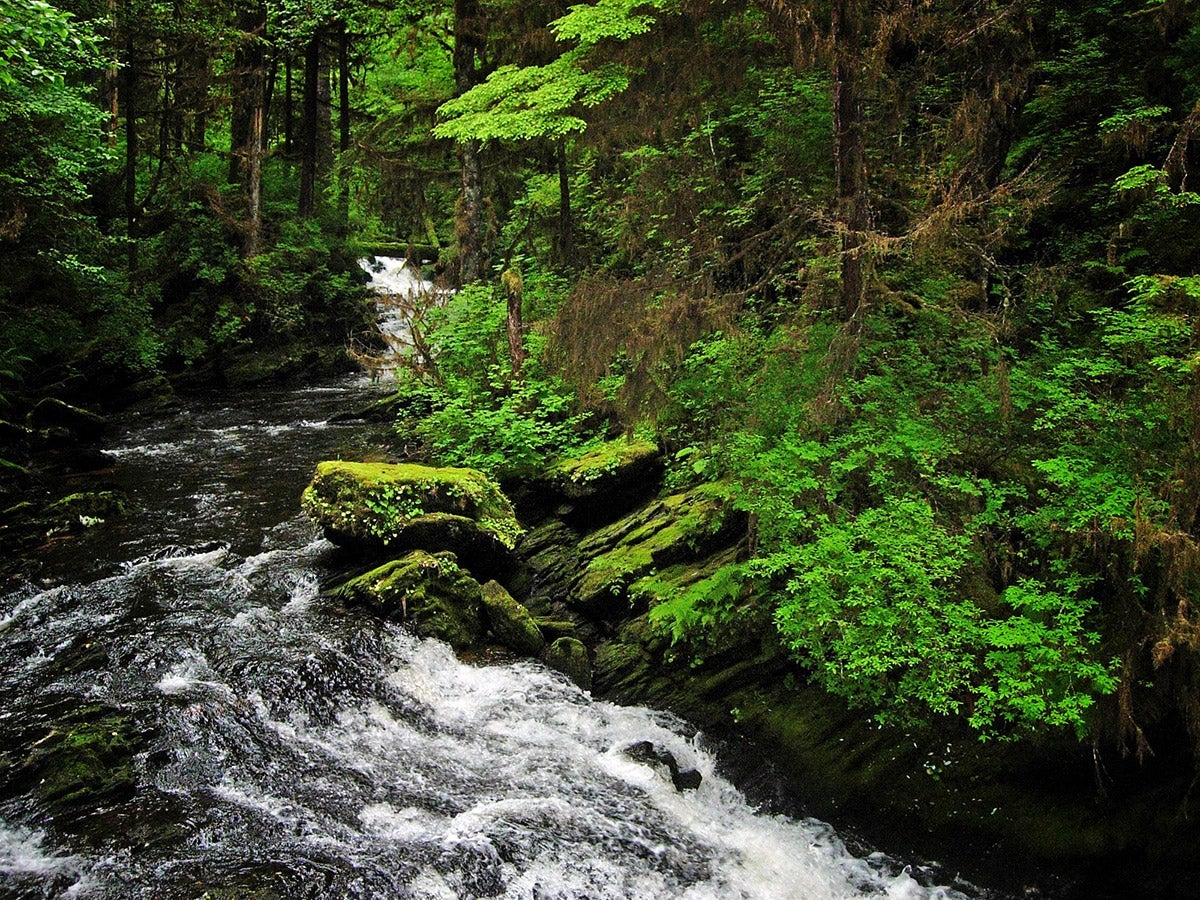
Scientists have described the Tongass as the “lungs of the country.” This is because the Tongass holds 20 percent of the carbon stored by all national forests in the country combined — keeping it from being released into the atmosphere. As Dominick DellaSalla, formerly with the Geos Institute says: “If you hug a big tree, you’re actually hugging a big stick of carbon that has been taking up and storing up carbon for centuries.”
If these massive carbon sticks are cut down, ancient forests like the Tongass are transformed into carbon emitters. With a decade left before the damage from climate change becomes irreversible, we need those trees now more than ever.
“Telling people in Arizona they shouldn’t care about the Tongass is like telling people in Alaska they shouldn’t care about the Grand Canyon,” says Representative Ruben Gallego (D-AZ). “The Tongass is one of the biggest carbon sinks in the country. When we don’t protect those places we start eroding our ability to save our climate.”
Close Section
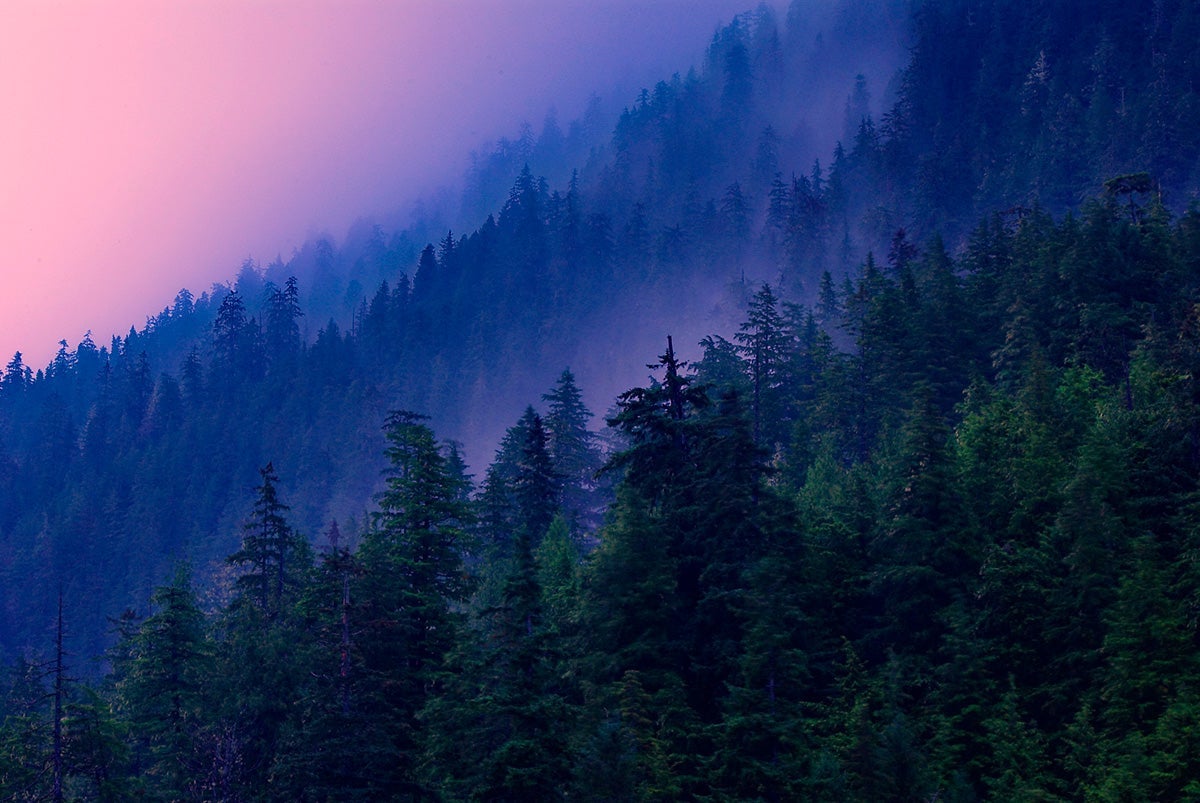
Opened in 1978, our Alaska regional office works to safeguard public lands, waters, and wildlife from destructive oil and gas drilling, mining, and logging, and to protect the region's marine and coastal ecosystems.
Established in 1989, Earthjustice's Policy & Legislation team works with champions in Congress to craft legislation that supports and extends our legal gains.